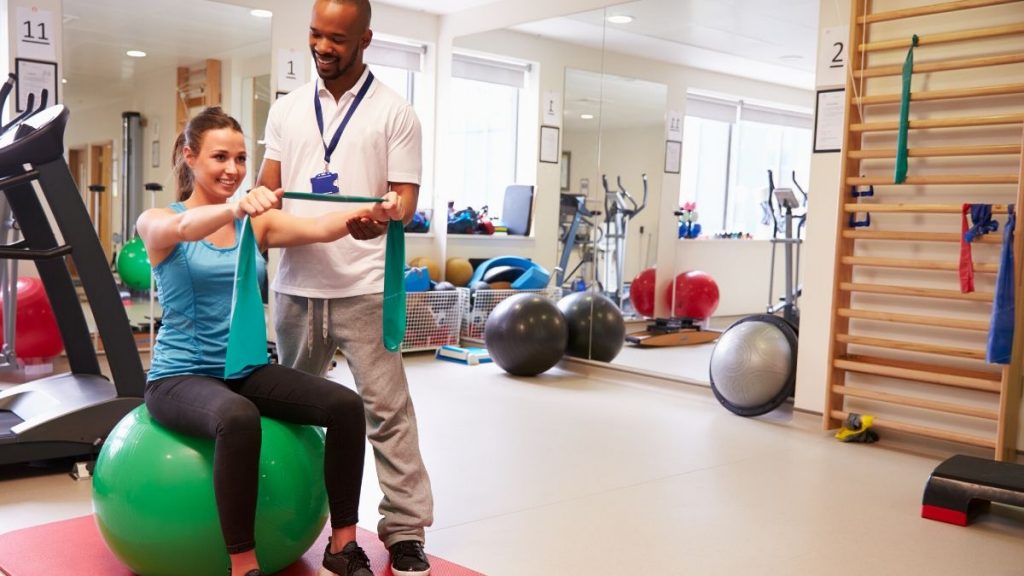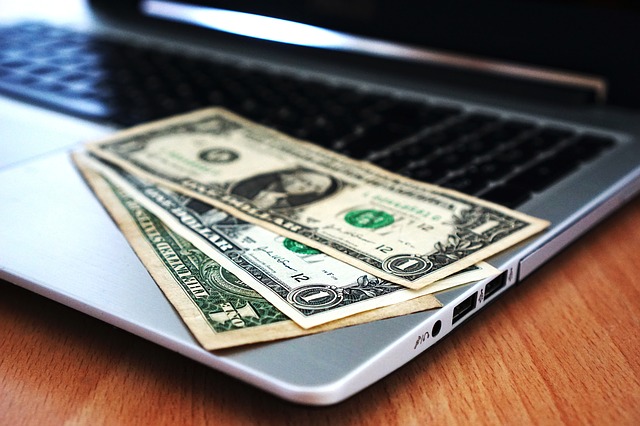Last updated on February 20th, 2025 at 11:44 am

The orthopaedic assessment for physiotherapists are different from the one performed by orthopaedic surgeons. This is because our treatment approach and goal are different. The assessment procedure largely involves interviewing the patient and reviewing the medical and investigation reports like X-ray, MRI CT Scan reports.
Based on this data a physical therapist plans an effective treatment compatible with the needs and goals of the patient and members of the Healthcare team.
In this article, I will present not only the theoretical aspect of assessment but will also share my 20 years of valuable practical experience in it. So without delay let’s get started.
Orthopaedic Assessment for Physiotherapists
Any medical assessment involves a series of interrelated steps that help a physiotherapist for clinical decision making and to set a goal for treatment.
One must note that the process orthopaedic assessment performed by a physiotherapist starts as soon as the patient enters your clinic or department.
So, as soon as the person or a patient enters the department you have to keep a look at how he comes to you. Observe whether enters being carried by his family members or by using any walking aids, wheelchair or simply coming on his own.
Before we come to the actual point, let me give you an overview of the assessment procedure. Orthopaedic assessment involves the collection of data through interviews and case-specific tests and manoeuvres.
- Collection of data like: Name, Age, Sex, Address, and Occupation.
- Chief complaint (C/O).
- History (H/O): History of present illness, Treatment history, History of past illness, Family history.
- Observation (O/O).
- Examination (O/E).
- provisional diagnosis.
- Advise.
Based on these steps I have made a sample orthopaedic assessment sheet for a physiotherapist that you may download for your future reference.
Now let’s discuss each and every point in detail and will try to cover what is the actual process it involves. what is the effective way to collect data? and everything related to it.
Basic information
The collection of basic information like name, age, sex, address, and occupation is important for documentation.
But, address and occupation have other values as they also give us an idea about what could be the possible cause of the present illness. We can also correlate the present illness or disability with the occupation of the person.
Chief complaint
The chief complaint is the most important complaint that a patient is presenting to us. It should be documented in the exact terms or the views presented by the person.
For example, if someone is suffering from sciatica or is diagnosed with one, the person will never complain that he is suffering from sciatica.
The most probable complaint would be like this:
- I have had low back pain for one month that is radiating down to my leg.
- I am feeling a pulling sensation on the back of my thigh upon standing walking or
- It is difficult for me to sleep to sit on the sofa long.
So the chief complaint would be the exact words exact views of the patient that we need to document.
Then comes the history taking.
History of the patient

History is a very important part of orthopaedic assessment for physiotherapists or any other medical assessment. This is because during history taking a physiotherapist actually interviews or interacts with your patient face to face.
It allows us to establish a rapport with the patient. The way we put our question is more of an art than a science.
During this, we should make him/her comfortable and allow him to express his opinion of his pain in his words. We should be like a patient listener so that we can as much information as possible.
We have already discussed history taking in a very detailed matter in one of our previous articles “How to take History of a Patient in an impressive way?“, you can refer to this article for further details. Here we will just have an overview.
History taking involves the following important points:
History of present illness:
It involves the collection of data related to present complaints or illnesses. You have to ask the following questions to extract the information:
- How old is the problem or illness?
- How did it start?
- Does it start spontaneously or related to the injury?
- What kind of injuries sustained?
- What makes you comfortable or uncomfortable? Whether sleeping make him comfortable sitting in a particular posture?
You will have to collect all this data that will help us to steer towards the probable cause of the present illness.
History of treatment
Then we have to ask for whatever he has received any treatment for this particular illness. Whether he has got any medications or any kind of treatment, let it be of Physiotherapy treatment. What kind of Physiotherapy treatment has got?
Then ask for all medical reports of the previous treatment, review his x-ray reports, MRI reports, and CT Scan reports (what’s the difference between CT-Scan and MRI?).
All this will give you a very clear picture of what may be the probable cause of the present illness.
History of past illness
In many of the cases, we need to go through past illnesses to correlate with present complain. You may need to ask for a similar illness or related illness in the previous years/ past years, and treatment he has received for it.
Family history
Many of the cases like Rheumatoid Arthritis, osteoarthritis, and osteoporosis travel in the family. So sometimes it is worth to look for family history.
Observation
Under observation, we have to document everything that we have observed for in a patient right from when he enters the department. As we have already discussed, whether he came by walking himself or were carried by their family members or using a wheelchair.
After this, we have to observe the posture of the person:
- Whether he is sitting straight
- Make him stand and observe whether he is standing straight or tilted to the sides, to the front.
- Whether he is cooperative or non-cooperative.
- Whether he seems to be worried about pain.
All these things come under observation.
Also read: How to become a good physiotherapist
Examination
As the term suggests, we have to now closely examine the patient and look for the exact cause of illness. However, until this point, we should have some blurry picture of the probable cause and examination helps clear this picture.
So accordingly, you have to plan your examination steps.
The examination involves a test or a manoeuvre that needs to be carried out depending on the case. Suppose someone has a complaint of knee pain and is too young to have osteoarthritis.
Also if he has described that pain started immediately after a sports injury, then you have to plan tests related to that particular complaint.
Perform tests to exclude any ligament damage or meniscus injury.
Likewise, if someone is complaining of lower back pain with a pulling sensation on the right leg then there is no point in going for a knee test.
So accordingly you have to plan your tests like straight leg raise (SLR) test, or lateral PA, Central PA test or sciatica stretch test.
Provisional diagnosis

Now, it’s time to conclude a provisional diagnosis/ probable cause of illness. For this preview all the findings of the test, all the records of the interview and previous record medical and investigation reports.
You must be able to pinpoint some specific disability, pain or illness and this will be your provisional diagnosis.
Advice
So let me once again repeat that you can download a sample sheet of orthopaedic assessment for physiotherapists in PDF format by paying just Rs 25.00 designed by me.
Basing your diagnosis, the complaints of the patient, the needs of the patients and members of other Healthcare teams you have to develop a goal treatment plan.
For any type of illness or pain, we can broadly categorize our goals into two types:
- Short-term goals.
- Long-term goals.
Let me explain this goal by a simple sciatica case or slip disc case which I usually encounter in my clinic.
Suppose a person comes with the complaint of low back pain with a pulling sensation on the right leg, then your short-term goal would be to relieve the back pain around the lumbar region.
To treat the cause of sciatica that I due to PIVD wrong posture or piriformis syndrome would be your long-term goal.
Video Lessons: Electrotherapy Simplified for BPT 1st Year
The author is a physiotherapist who has been practising for the last 17 years. He holds a Bachelor's in Physiotherapy (BPT) from SVNIRTAR (Swami Vivekananda National Institute of Rehabilitation and Research), one of the prestigious physiotherapy schools in India.
Whatever he learns dealing with his patient, he shares it with the world through blogs and e-books. He also owns a YouTube channel, "Sunit Physiotherapist" with over 8 lakh active subscribers. Here, he shares everything he gets to learn serving the patient.





